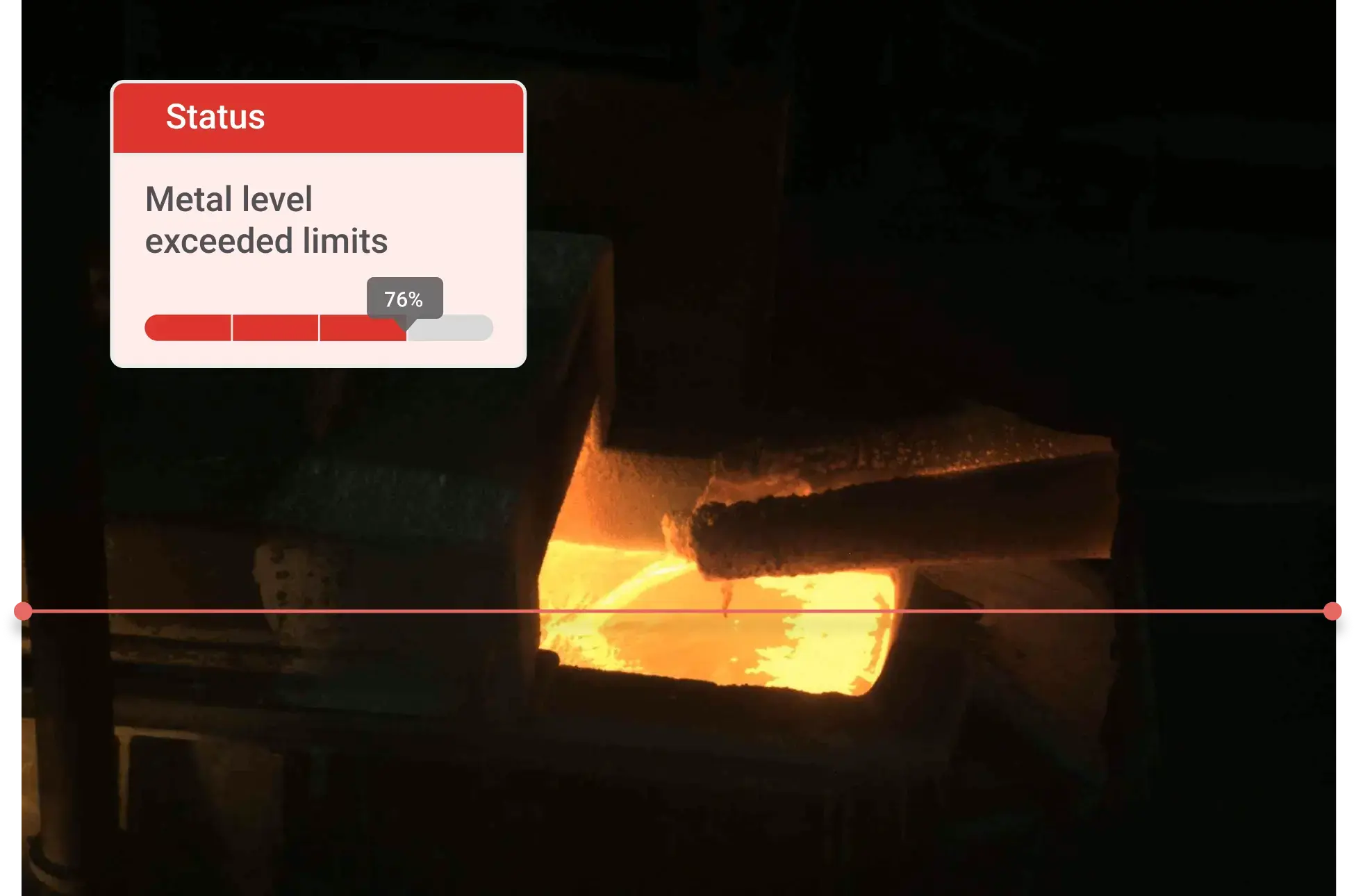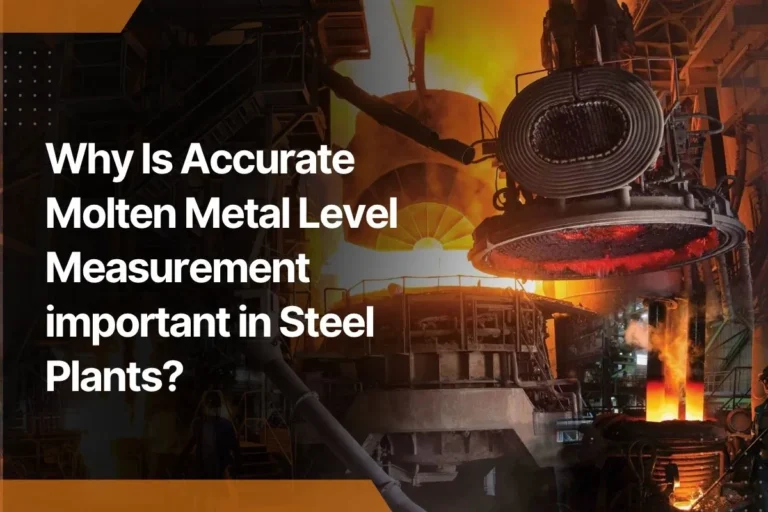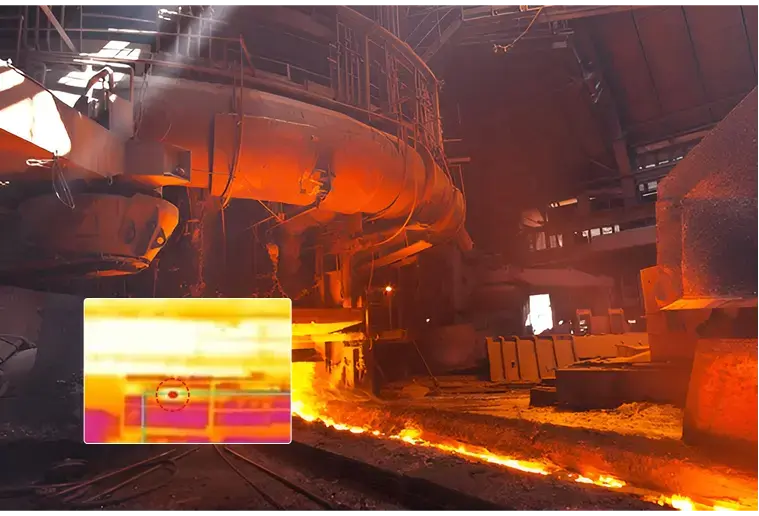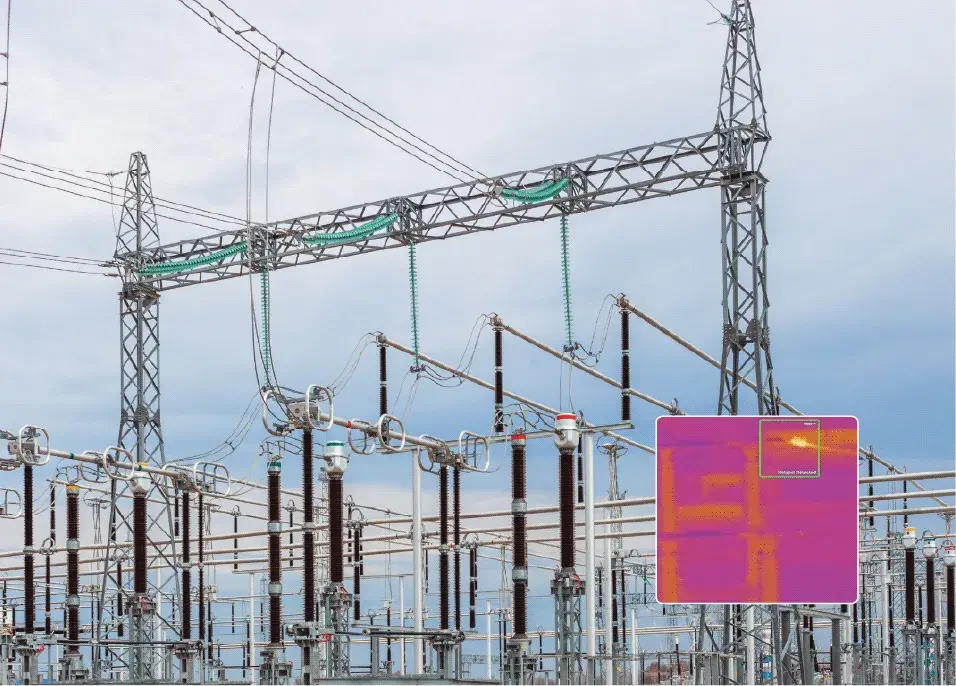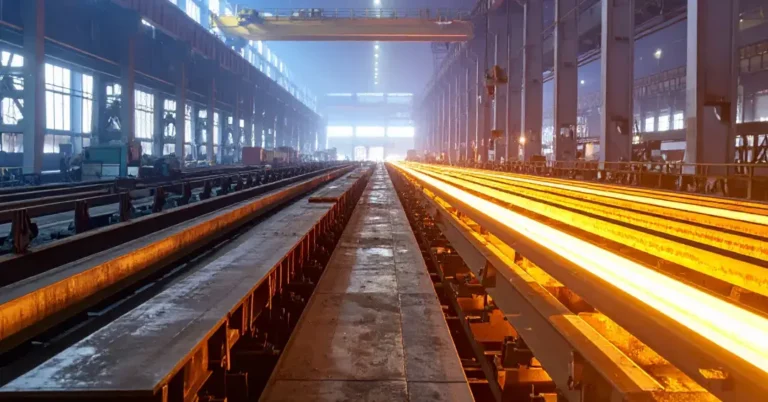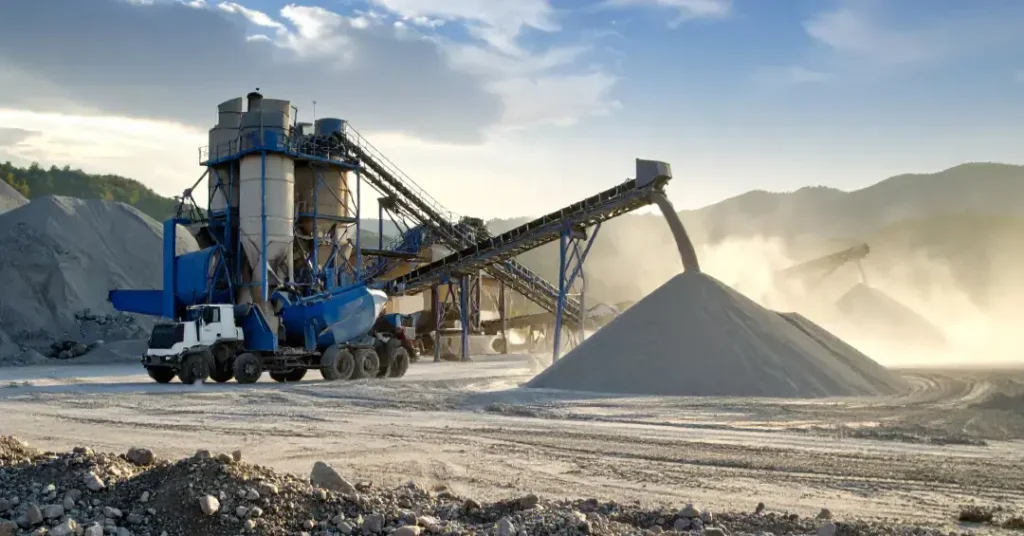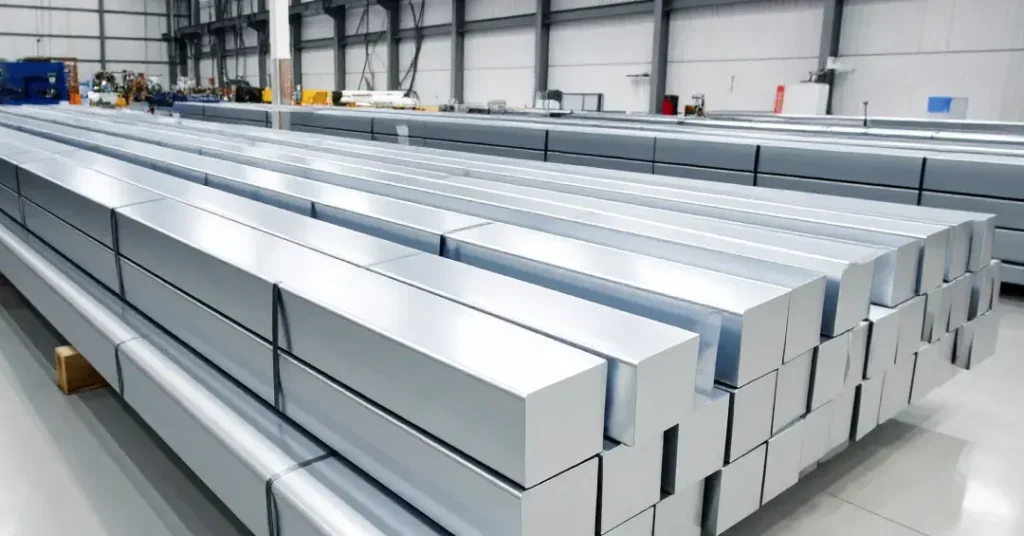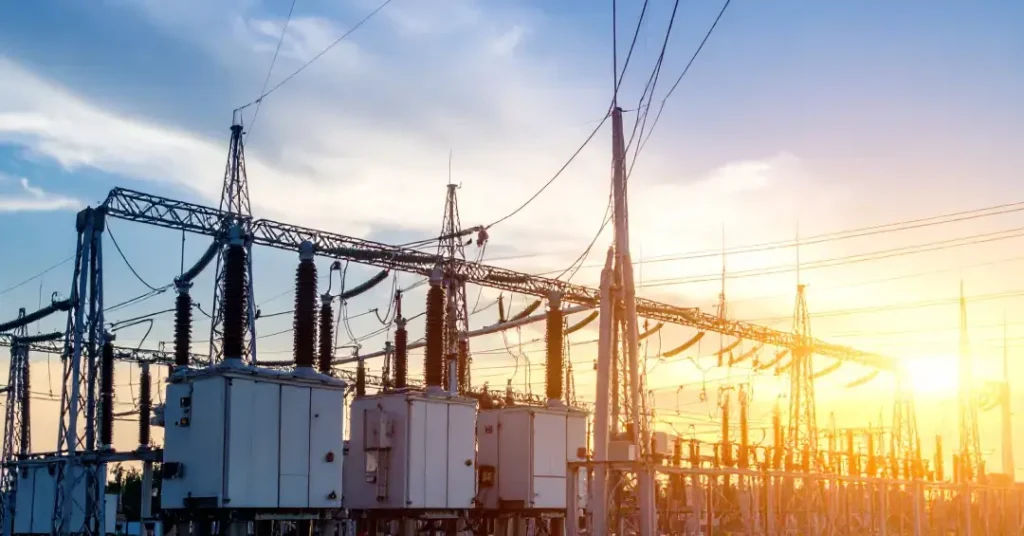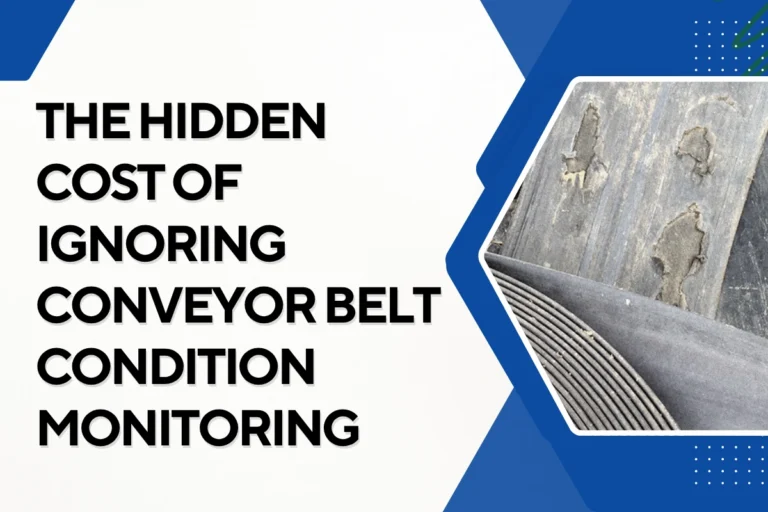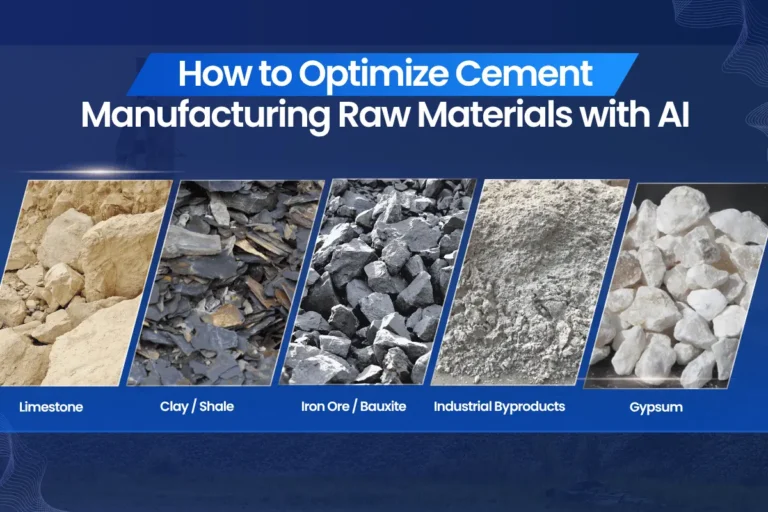What is Asset Performance Management?
What is Asset Performance Management System?
Components of an Asset Performance Management Solution
Real-Time Machine Monitoring and Data Collection
Predictive Analytics
Machine Condition Monitoring
Maintenance Management
Root Cause Analysis
Asset Health and Performance Dashboards
Integration with Other Systems
Data-Driven Analytics and Reporting
Lifecycle Management
Why Asset Performance Management Important in Smart Manufacturing
Data Driven Decision Making
Improved Operational Efficiency
Improved Safety and Compliance
Computer Vision AI in Asset Performance Management
Benefits of Asset Performance Management software
Real-Time Monitoring
Increased Uptime and Reliability
Predictive Maintenance
Better Decision Making
Collaboration and Communication
Safety and Compliance
Conclusion
